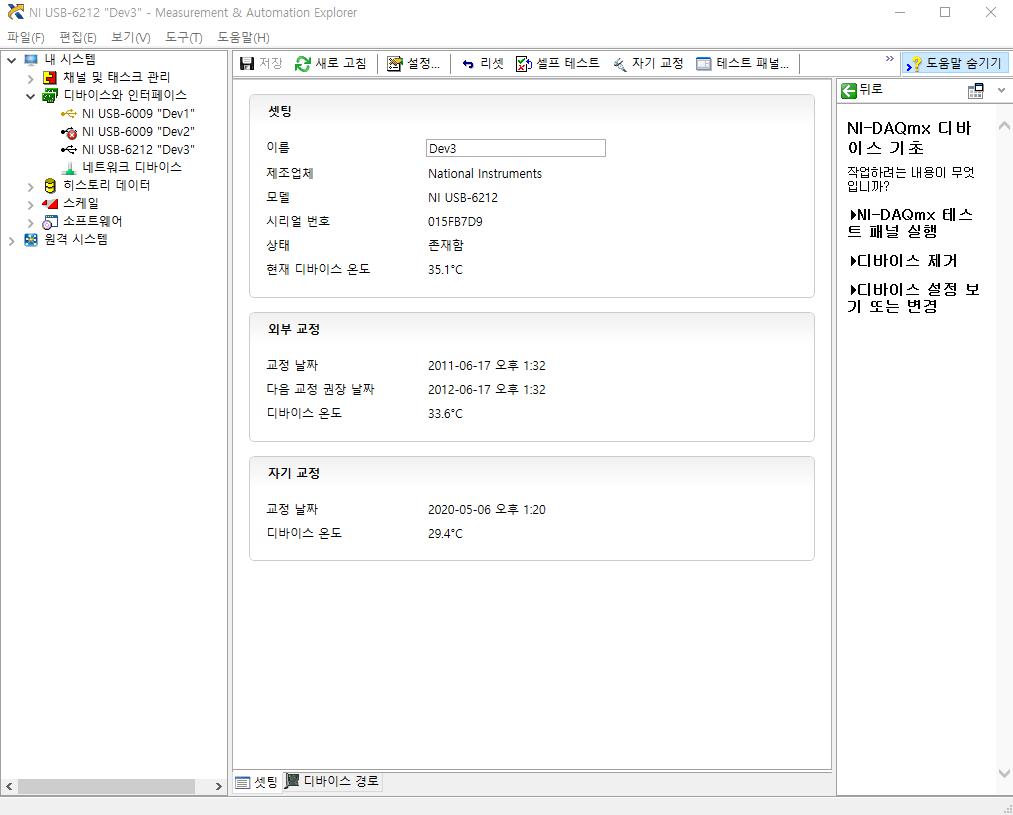NestJS Server에 저장된 파일을 AWS S3버킷에 업로드 하기 - 2 : 클라이언트에서 받은 파일을 올리기
이번에는 클라이언트에서 받은 파일을 NestJS을 이용하여 S3버킷에 올리도록 하겠습니다.
이전글 : NestJS Server에 저장된 파일을 AWS S3버킷에 업로드 하기 - 1 : 서버의 파일을 올리기
// /src/aws/aws.service.ts
import { HttpException, Injectable } from '@nestjs/common';
import * as AWS from 'aws-sdk';
import * as fs from 'fs';
import * as path from 'path';
// 현재 실행되고 있는 root경로를 확인하고 pa에 저장
const pa = path.dirname(__dirname).replace('/dist', '');
@Injectable()
export class AwsService {
// S3버킷을 .env파일에서 입력한다.
private AWS_S3_BUCKET = process.env.S3_BUCKET;
// s3를 사용하기 위해서 IAM계정의 ACCESS, SECRET_ACCESS KEY를 입력한다.
private s3 = new AWS.S3({
accessKeyId: process.env.S3_ACCESS_KEY,
secretAccessKey: process.env.S3_SECRET_ACCESS_KEY,
});
convertBinary(fileName: string) {
return fs.readFileSync(pa + '/uploads/' + fileName);
}
// AWS 버킷에 파일 upload
async uploadFile(file) {
// savename은 실제 S3 버킷에 저장될시 파일 이름을 말합니다
const { savename } = file;
console.log('savename : ', savename);
return await this.s3_upload(
file.buffer, // 파일 버퍼(binary file)
this.AWS_S3_BUCKET, // 저장할 S3버킷 이름
savename, // S3버킷에 저장할 파일 이름
file.mimetype, // 파일타입 : 위 코드에서는 'application/octet-stream'을 사용합니다.
);
}
// 실제 AWS에 파일을 업로드 하는 method
async s3_upload(file, bucket, name, mimetype) {
const params = {
Bucket: bucket,
Key: String(name),
Body: file,
ACL: 'public-read',
ContentType: mimetype,
ContentDisposition: 'inline',
CreateBucketConfiguration: {
LocationConstraint: process.env.s3_REGION,
},
};
console.log(params);
try {
let s3Response = await this.s3.upload(params).promise();
console.log(s3Response);
return s3Response;
} catch (err) {
console.log(err);
throw new HttpException(err.message, err.status ? err.status : 500);
}
}
// 서버에서 uploads폴더에 존재하는 파일을 삭제해 줍니다.
remove(fileName: string) {
fs.rm(pa + '/uploads/' + fileName, { recursive: true }, (err) => {
if (err) throw err;
console.log(`file deleted.....`);
console.log(`name : ${fileName}`);
});
return {
result: true,
message: `"${fileName}"은 삭제되었습니다.`,
};
}
}
코드1) 서비스 부분 코딩
// /src/aws/aws.controller.ts
import {
Controller,
Post,
Query,
UploadedFile,
UseInterceptors,
} from '@nestjs/common';
import { FileInterceptor } from '@nestjs/platform-express';
import { ApiBody, ApiConsumes, ApiOperation, ApiTags } from '@nestjs/swagger';
import { AwsService } from './aws.service';
@ApiTags('AWS S3 버킷으로 파일을 올리기')
@Controller('aws')
export class AwsController {
constructor(private readonly awsService: AwsService) {}
@Post('aws/upload/client/file')
@ApiOperation({ summary: '파일을 서버쪽으로 upload' })
@ApiConsumes('multipart/form-data')
@ApiBody({
schema: {
type: 'object',
properties: {
file: {
type: 'string',
format: 'binary',
},
},
},
})
@UseInterceptors(
FileInterceptor('file', {
dest: './uploads', // 서버에 uploads폴더를 자동 생성(이안에 다운 받은 파일이 저장)
}),
)
async downloadFile(
// 다운로드 받은 파일 속성
@UploadedFile('file') file,
// A3 Bucket에 업로드시 사용할 파일 이름
@Query('uploadFileName') uploadFileName: string,
) {
// file["savename"]에 업로드시 지정할 파일 이름을 저장한다.
file['savename'] = uploadFileName;
// file["buffer"]에 업로드할 파일의 버퍼를 저장한다.
file['buffer'] = this.awsService.convertBinary(file.filename);
console.log('file data : ', file);
// 해당 file을 AWS Bucket에 업로드 하고 결과를 data변수에 저장한다.
const data = await this.awsService.uploadFile(file);
// 버퍼로 다운받은 파일을 삭제합니다.
console.log(this.awsService.remove(file['filename']));
// data변수를 클라이언트 쪽에 전달한다.
return data;
}
}
코드2) 컨트롤 부분 작성
코드1,2는 기본적으로 클라이언트로부터 파일을 받아서 uploads폴더에 저장합니다. 그후에 AWS Bucket으로 저장할 이름과 같이 보내고 클라이언트로부터 받은 파일은 삭제합니다.
 |
| 사진1) Swagger를 이용하여 NestJS서버로 파일 올리기 |
 |
| 사진2) 정상 upload |
이후 사진1,2에서 Swagger를 통해서 정상 동작 되는 것을 알수 있습니다. 실행되는 코드를 보고 싶으시면 아래 GitHub링크를 참고해 주시기 바랍니다.
GitHub Branch(uploadDirClient) URL
다음글 : NestJS AWS S3버킷에 저장되어있는 파일을 서버에 저장하기 - 3: S3 Bucket의 파일을 다운로드 하기



댓글
댓글 쓰기